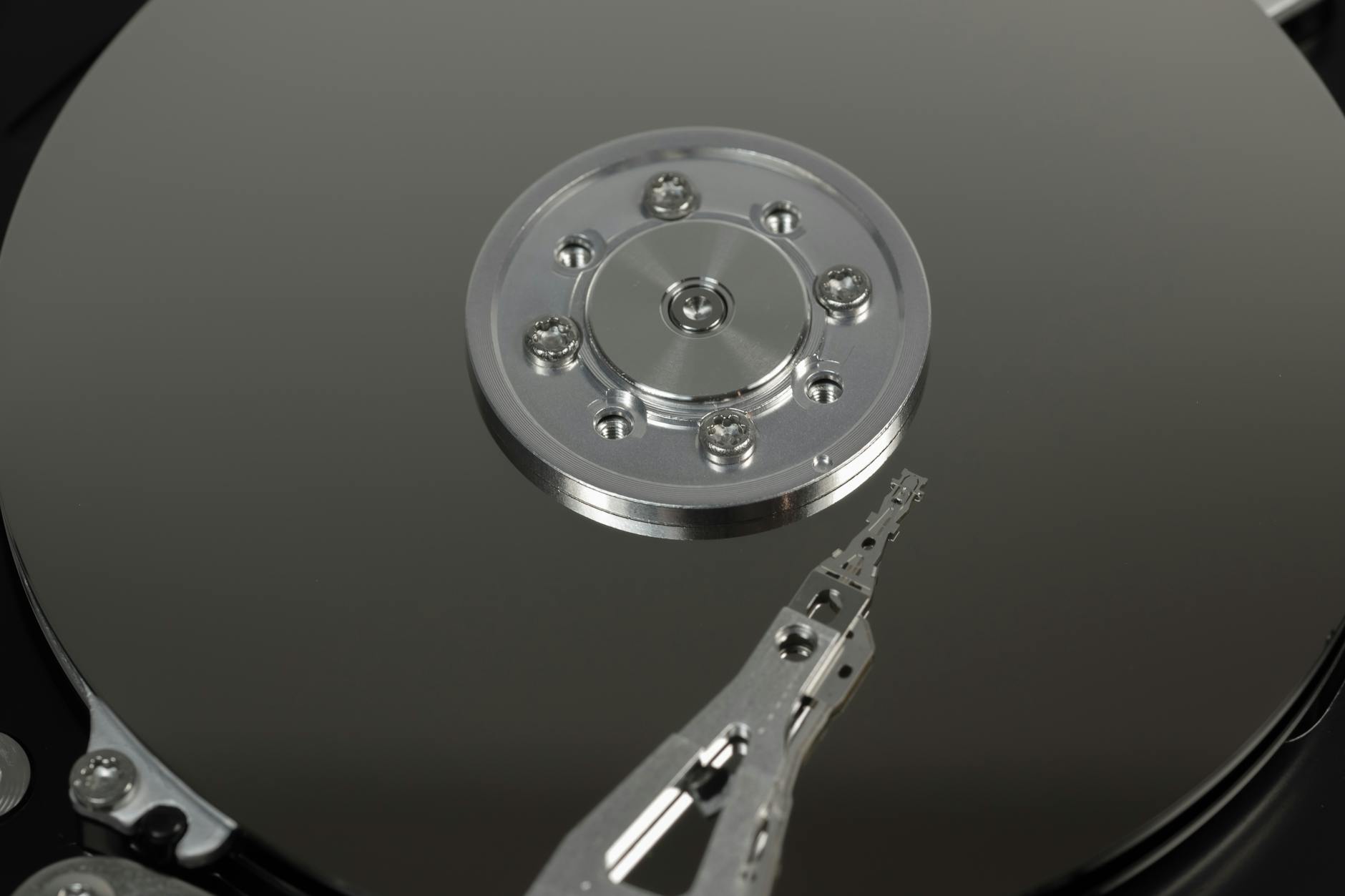
Top Ways to Recover Deleted Files From Network Drive
In the digital age, where data is the backbone of our professional and personal lives, the loss of important files can be a nightmare. The consequences of losing crucial data can be severe, whether it’s due to accidental deletion, a system crash, or a network issue. When it comes to network drives, which are commonly used for collaborative work and data storage, the challenge of recovering deleted files becomes even more critical. Get assistance from IT Support New York professionals if you are having trouble retrieving deleted files.
In this blog post, we’ll explore the top ways to recover deleted files from a network drive, helping you minimize the impact of data loss and restore your files efficiently.
8 Ways to Recover Deleted Files From Network Drive
Check the Recycle Bin on the Network Drive
When trying to recover deleted files from a network drive, one of the first steps you should take is to check the recycle bin on the network drive. Like on your computer’s local storage, files deleted from a network drive are often moved to the recycle bin before being permanently removed. You can restore the deleted files with just a few clicks by accessing the recycle bin on the network drive. However, it is important to note that the availability and functionality of the recycle bin on a network drive may vary depending on your network’s specific setup and settings. If you cannot find or access the recycle bin, other methods may still be available for recovering your deleted files.
Utilize File History or Versioning
Some network drives and operating systems offer file history or versioning features, allowing you to recover previous versions of files. This can be a lifesaver, especially if you realize the files were deleted or modified incorrectly after some time has passed. Check if your network drive has a versioning feature; if so, you may be able to restore the deleted files to a specific time.
Use Data Recovery Software
One of the most effective methods is using data recovery software specifically designed for network drives. These software programs can scan the drive and locate any deleted files that are still recoverable. With just a few clicks, you can restore your important documents, photos, or other files back to their original location. It’s crucial to remember that the effectiveness of file recovery depends on several variables, including the date of the file deletion and whether or not fresh data has overwritten the old one. To maximize your chances of successful file restoration, it’s best to act quickly and avoid using the network drive until the recovery process is complete.
Check Backup Systems
When attempting to recover deleted files from a network drive, one of the steps you should take is to check your backup systems. Many businesses and organizations have regular backup processes in place to protect against data loss. These backups can be stored on physical devices such as external hard drives or cloud-based services. By checking your backup systems, you can restore the deleted files from a previous backup, minimizing the impact of the deletion. It is important to regularly test and update your backup systems to ensure they are functioning properly and that your files are being adequately protected.
Consult IT Support or System Administrator
If you’re unable to recover your deleted files using the aforementioned methods, it may be time to seek help from your IT support team or system administrator. They will have the expertise and knowledge to help guide you through the recovery process. They may be able to access backup systems or use specialized software to retrieve your deleted files. It is important to remember that time is of the essence when it comes to file recovery, as files can become permanently overwritten if too much time passes. So don’t hesitate to reach out for IT Support New Jersey experts assistance as soon as possible.
Review File Auditing Logs
Reviewing file auditing logs can be a helpful step in recovering deleted files from a network drive. File auditing logs track the activities and changes made to files on the network drive, including deletions. Reviewing these logs lets you identify when and by whom a file was deleted. This information can be crucial in determining if the deletion was accidental or intentional and can help guide your efforts in recovering the deleted file. Additionally, file auditing logs can also provide valuable information for preventing future deletions or unauthorized changes to files on the network drive.
Undelete Commands
When recovering deleted files from a network drive, undelete commands can be useful. These commands work by scanning the network drive for deleted files and restoring them to their original location. Several undelete commands are available, depending on the operating system you are using. For example, on Windows, you can use the “undelete” command in the Command Prompt or use third-party software specifically designed for file recovery. On Mac, you can use the “rm” command with the “-i” option to prompt for confirmation before deleting files permanently. It is important to note that the success of undelete commands may vary depending on factors such as how long ago the files were deleted and if new data have overwritten them. Therefore, regularly backing up your files to avoid permanent loss is always recommended.
Preventative Measures for the Future
After retrieving your erased files, you should take precautions to avoid this kind of thing from happening again. Educate users on proper file management practices, encourage regular backups, and implement access controls to limit the risk of accidental deletions. The possibility of data loss on network drives can be significantly reduced with the help of training and awareness campaigns.
Conclusion
Recovering deleted files from a network drive requires a combination of proactive measures and reactive solutions. By familiarizing yourself with the built-in features of your network drive, using reliable data recovery software, and collaborating with IT professionals, you can increase the likelihood of successful file recovery. Prevention is key, so implementing robust backup strategies and educating users on best practices can save you from data loss stress and potential consequences.






